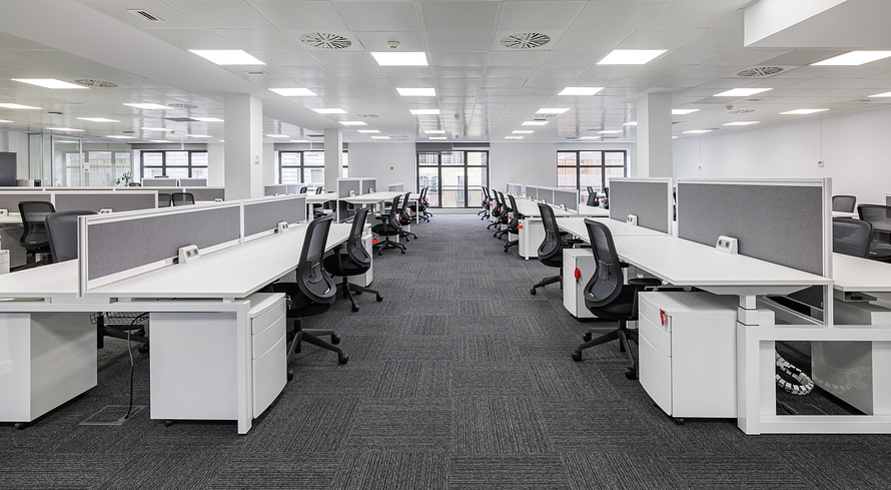Offices Are ‘Empty’ On Fridays Thanks To WFH Culture
Posted on 21st July 2023 at 12:44
If you want to make sure you get to the front of the queue to use the office printer or scanner, it is a good idea to head into work on a Friday or Monday.
If you want to make sure you get to the front of the queue for your office printer or scanner, it is a good idea to head into work on a Friday.
This is because hardly anyone appears to be coming into the office at the end of the working week, thanks to the increase in popularity of working from home (WFH).
The WFH culture really took off during the pandemic when national lockdowns were imposed and those who could were encouraged to conduct their work from their homes, as a way to stop the spread of the virus.
Three years later, WFH is still strong, with more and more companies offering hybrid-working solutions in a bid to attract a greater pool of interest in their job positions and, therefore, hire the best candidate.
While lots of firms have been trying to get employees back into the habit of working in the office, such as Amazon and Meta, there is still a reluctance from staff to leave the comfort of home on Fridays.
A report from Placer.ai showed that people were more likely to head into the office during the middle of the working week, with fewer doing so on Mondays or Fridays, Insider reported.
This led the publication to ask readers whether they would go in at the beginning or end of the week if they had a choice.
The results showed just under half said they wouldn’t go in on either; a further 29 per cent said they would go in on one of the days; and 22 per cent said they would head in on both.
As well as having unrestricted access to office equipment on the quieter days, some people choose to go into the office on Mondays or Fridays because the commute is easier.
One worker, an academic who enjoys a Friday visit to the office, said: “Love working Fridays … nice and quiet and commute is easy. Also sense of relaxation as the weekend approaches [sic].”
Although there has been a drive to encourage more workers back into the office five days a week, the WFH culture is still very strong, as many employees have enjoyed the benefits of avoiding a daily commute.
These include having a better work-life balance, being able to save money on transport or parking, saving time travelling to and from work, and fitting work around their preferred schedule.
In fact, recent government figures showed 28 per cent of adults worked from both home and in the office between September 2022 and January 2023, and 16 per cent solely worked at home.
London saw the highest proportion of homeworkers, with four in ten members of staff enjoying a hybrid lifestyle.
There has been a huge shift in WFH figures since the start of the pandemic, with only one in eight working adults reporting working from home at some point during the week prior to 2020.
However, this soared to nearly half of all working adults (49 per cent) during the first half of 2020.
This only fell to 40 per cent between January 25th and February 5th 2023, showing that “homeworking is resilient to pressures, such as the end of restrictions and increases in the cost of living”.
Share this post:

